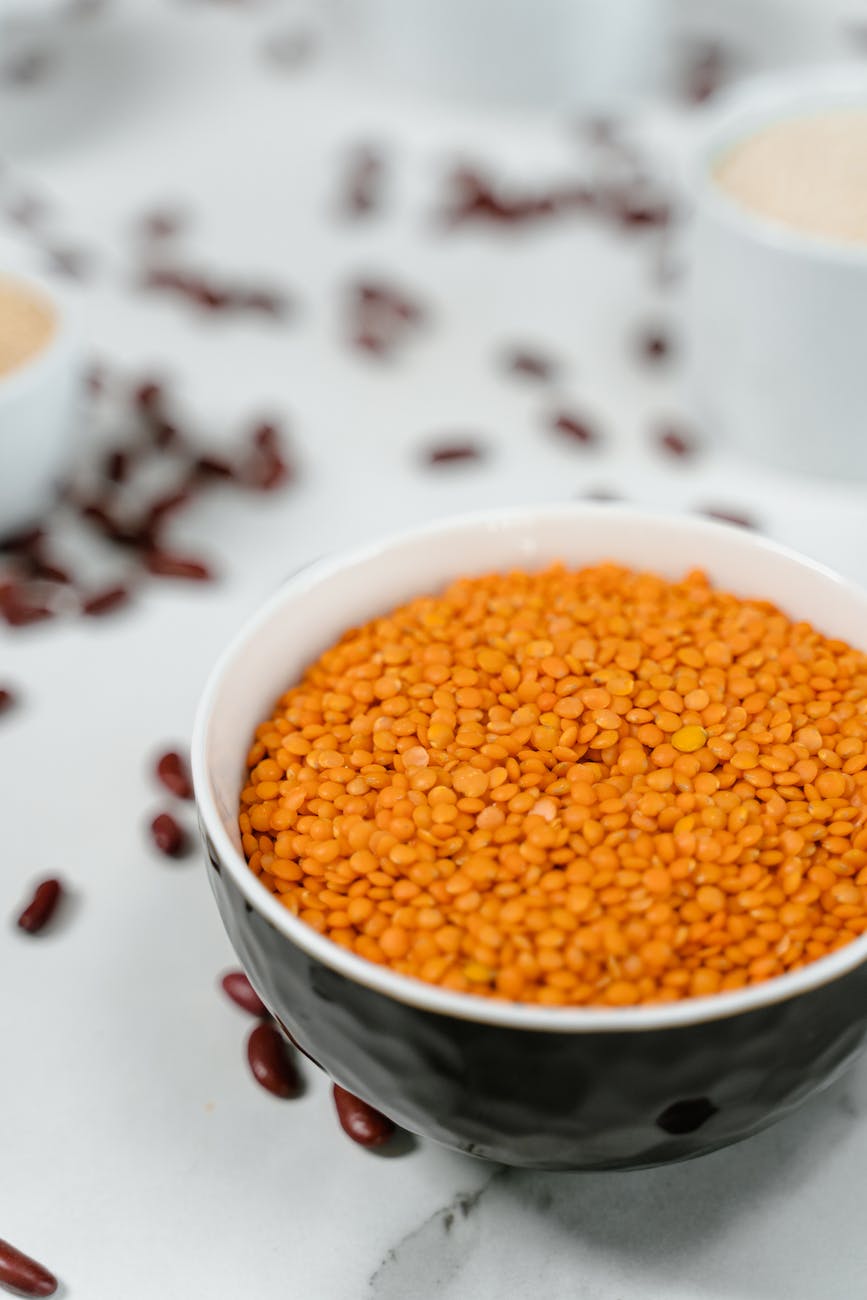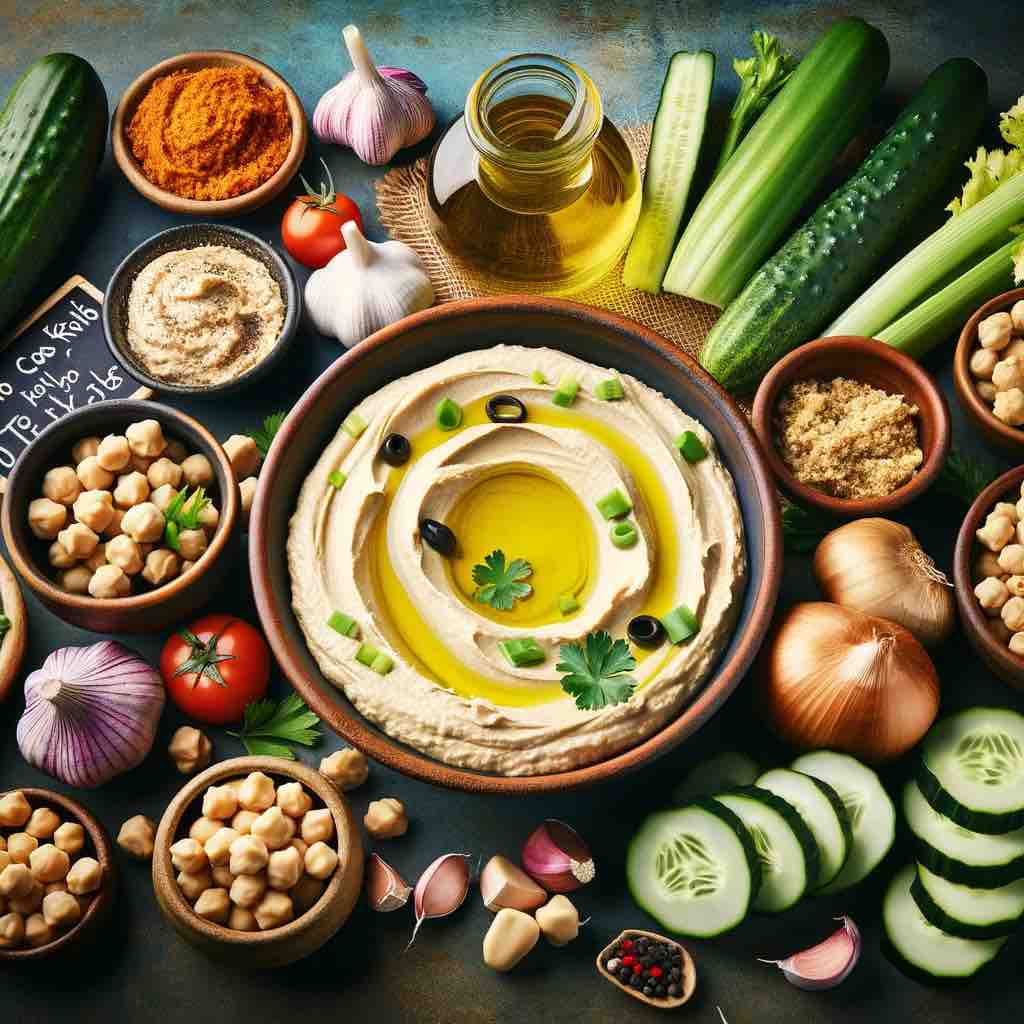
Greetings, health enthusiasts! 🙋♀️ Today, we’re diving deep into the world of a humble yet mighty food that’s been a staple in many diets around the world – lentils. These tiny legumes are a nutritional powerhouse and can be a game-changer in your weight loss journey. So, let’s embark on this exciting exploration of lentils and their numerous health benefits. 🌍💪
Are Lentils Good for Weight Loss? 🤔
Absolutely! Lentils are low in calories but high in nutrition, making them an ideal choice for those looking to shed some pounds. They are rich in dietary fiber and protein, which can help keep you feeling full and satisfied, reducing the urge to snack between meals. This feeling of satiety can help you maintain a calorie deficit, which is essential for weight loss. 🍽️😋
Can I Eat Lentils Every Day to Lose Weight? 📅
Yes, you can! Lentils are a great source of essential nutrients and can be a healthy addition to your daily diet. However, like all foods, they should be eaten in moderation. Consuming too much of anything, even healthy foods, can lead to excess calorie intake. So, balance is key! 🗝️🍲
Which Lentils are Good for Weight Loss? 🌈
All lentils are beneficial for weight loss, but some stand out more than others. Green and brown lentils, with their high fiber content, can help keep you feeling full. Red lentils, on the other hand, are slightly lower in fiber but still a good choice. Here’s a quick rundown:
- Green Lentils: High in fiber and have a slightly peppery flavor. They hold their shape well and are great in salads and stews. 🥗
- Brown Lentils: Similar to green lentils in terms of nutrition. They are versatile and can be used in a variety of dishes. 🍲
- Red Lentils: They cook quickly and are great for making dal or purees. They may be slightly lower in fiber but are still a good choice for weight loss. 🥣
How Many Lentils Should I Eat a Day to Lose Weight? 🍽️
The answer depends on your individual dietary needs. However, a good starting point could be a serving of 1/2 cup of cooked lentils per day. This provides a substantial amount of fiber and protein to help keep you satisfied. Remember, it’s not just about the quantity but also the quality of your diet that matters. 🥣👍
are Lentils a Fat Burner? 🔥
While no food can directly burn fat, lentils can certainly support weight loss efforts. Their high fiber content can help regulate blood sugar levels, preventing spikes and crashes that can lead to overeating. Plus, the protein in lentils can support muscle growth and maintenance, which can help boost your metabolism. So, while lentils may not burn fat directly, they can certainly help set the stage for effective weight loss. 💪🔥
Which Dal is High in Protein? 💪
When it comes to protein, all dals are winners! However, moong dal (split green gram) and urad dal (split black gram) are often considered to have the highest protein content. These can be great additions to your diet if you’re looking to increase your protein intake. Here’s a quick comparison:
- Moong Dal: Known for its high protein content and easy digestibility. It’s also rich in fiber and antioxidants. 🌱
- Urad Dal: Another high-protein option. It’s also a good source of iron, folic acid, calcium, magnesium, and potassium. 🌾
How Much Lentils Per Day is Safe? 📏
Generally, up to 1 cup of cooked lentils per day is considered safe for most people. However, if you’re not used to eating a lot of fiber, you might want to start with smaller amounts and gradually increase to avoid digestive discomfort. Always listen to your body and adjust your intake accordingly. 🆗👌
What are 5 Benefits of Eating Lentils? 🌟
- Weight loss support: High in fiber and protein, lentils can help keep you feeling full and satisfied. 🥗
- Heart health: Lentils are a great source of heart-healthy nutrients like folate and magnesium. ❤️
- Digestive health: The fiber in lentils can support a healthy digestive system. 🍽️
- Blood sugar control: Lentils have a low glycemic index, which means they can help regulate blood sugar levels. 🩸
- Nutrient-rich: Lentils are packed with essential nutrients like iron, potassium, and B vitamins. 🌈
Can You Eat Dal every day? 📅
Yes, dal can be a healthy part of your daily diet. It’s a great source of plant-based protein and other essential nutrients. However, like with lentils, it’s important to eat dal in moderation as part of a balanced diet. 🍲👍
Which Color Lentils are the Healthiest? 🌈
All lentils are healthy, but black lentils (also known as beluga lentils) are often considered the most nutrient-dense. They’re high in antioxidants and have a slightly higher protein content than other lentils. 🖤💪
Which Indian Lentil is the Healthiest? 🇮🇳
In India, moong dal and masoor dal (red lentils) are often considered the healthiest due to their high protein and fiber content. They’re also easy to digest and versatile in cooking. 🥘👌
Which Indian Lentils are Best for Weight Loss? 🇮🇳
Moong dal and masoor dal are great choices for weight loss due to their high fiber and protein content. They can help keep you feeling full and satisfied, reducing the urge to snack between meals. 🥗👍
Is Lentil a Carb or Protein? 🍛
Lentils are both! They’re a great source of complex carbohydrates, which provide sustained energy, and they’re also high in protein, which can help keep you feeling full and support muscle growth and maintenance. 💪🍛
Are Lentils Keto-Friendly? Understanding Their Place in a Keto Diet
The ketogenic diet, known for its strict low-carb, high-fat approach, raises questions about the inclusion of certain foods, particularly legumes like lentils. A common inquiry among keto dieters is whether lentils are compatible with their dietary restrictions.
Nutritional Profile of Lentils
Lentils are a type of legume, recognized for their high protein and fiber content. However, they also contain a significant amount of carbohydrates. The carb content in lentils varies slightly depending on the type (green, red, brown, etc.), but on average, a cup of cooked lentils contains about 40 grams of carbs, of which around 15 grams are dietary fiber.
Carbohydrate Content and Ketosis
The primary objective of a keto diet is to maintain a state of ketosis, where the body burns fat for energy instead of carbohydrates. This requires keeping daily carbohydrate intake very low, typically between 20 to 50 grams. Given that a single cup of lentils can contain 25 grams of net carbs (total carbs minus fiber), they can easily exceed the daily carb limit on a keto diet.
Moderation and Portion Control
If one chooses to include lentils in a keto diet, strict moderation and portion control are key. Consuming small amounts, such as a tablespoon or two, might be possible without exceeding daily carb limits. However, this requires careful planning and consideration of the carbs present in all other foods consumed throughout the day.
Alternatives to Lentils on a Keto Diet
For those following a ketogenic diet who wish to avoid the high carb content of lentils, there are alternatives that provide similar nutritional benefits without the high carbohydrate count. These include low-carb vegetables like spinach, kale, and broccoli, which offer fiber and nutrients. For protein, lean meats, fish, eggs, and certain dairy products are excellent keto-friendly options.
While lentils are nutritious and provide several health benefits, their high carbohydrate content generally makes them unsuitable for a standard ketogenic diet. Those following a strict keto regimen might need to avoid lentils or consume them very sparingly. As always, individual dietary choices should align with one’s personal health goals and nutritional needs, potentially in consultation with a dietitian or healthcare provider.
Also Read: Are Lentils Keto-Friendly?
Conclusion 🎯
Lentils are a true superfood – they’re versatile, delicious, and packed with nutrients that can support weight loss and overall health. So why not add some to your diet today? Your body will thank you! 🎉👏
Frequently Asked Questions 🙋♀️
In this section, we’ll cover some additional questions you might have about lentils and weight loss. 📚🔍
1. Can I use Toor Dal for weight loss? 🥘
Yes, Toor Dal, also known as pigeon peas, can be a good addition to a weight loss diet. It is high in protein and fiber, which can help keep you feeling full and satisfied. However, like all foods, it should be consumed in moderation as part of a balanced diet.
2. Is Chana Dal good for weight loss? 🍲
Absolutely! Chana Dal, also known as split chickpeas, is high in fiber and protein. These nutrients can help control hunger, making it easier to maintain a calorie deficit for weight loss. Plus, it’s low in fat and rich in essential nutrients like B vitamins and iron.
3. Are Masoor Dal and Red Lentils the same? 🌈
Yes, Masoor Dal is the Indian name for red lentils. They are a great source of protein and fiber, making them a good choice for weight loss and overall health.
4. Can I eat Rajma (Kidney Beans) for weight loss? 🍛
Yes, Rajma or kidney beans can be a healthy part of a weight loss diet. They are high in fiber and protein, which can help keep you feeling full. However, they are also higher in calories than lentils, so portion control is important.
5. How can I incorporate lentils into my diet? 🍽️
Lentils are incredibly versatile and can be added to a variety of dishes. You can use them in soups, stews, salads, or even make a lentil curry (dal). They can also be used as a meat substitute in dishes like lentil tacos or lentil-based veggie burgers.
6. Can I eat Urad Dal for weight loss? 🥣
Yes, Urad Dal, also known as black gram, can be a part of a weight loss diet. It is high in protein and fiber, which can help keep you feeling full. However, it’s also higher in calories than some other types of lentils, so portion control is key.
7. Are lentils gluten-free? 🌾
Yes, lentils are naturally gluten-free, making them a safe choice for those with celiac disease or a sensitivity to gluten. However, if you’re buying pre-packaged lentils or lentil-based products, always check the label to make sure they haven’t been processed in a facility that also processes wheat or other gluten-containing grains.
Remember, it’s always a good idea to consult with a healthcare professional before making significant changes to your diet. Happy healthy eating! 🥳🥗
Happy healthy eating! 🥳🥗










